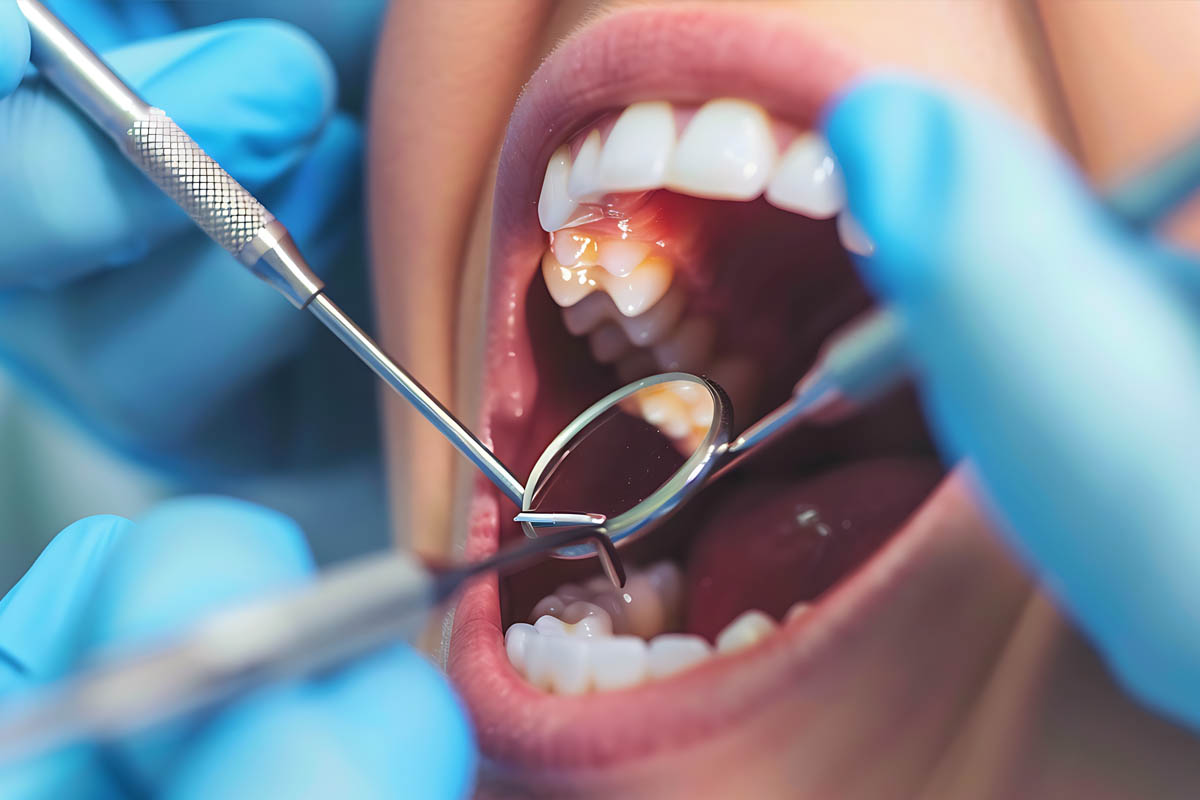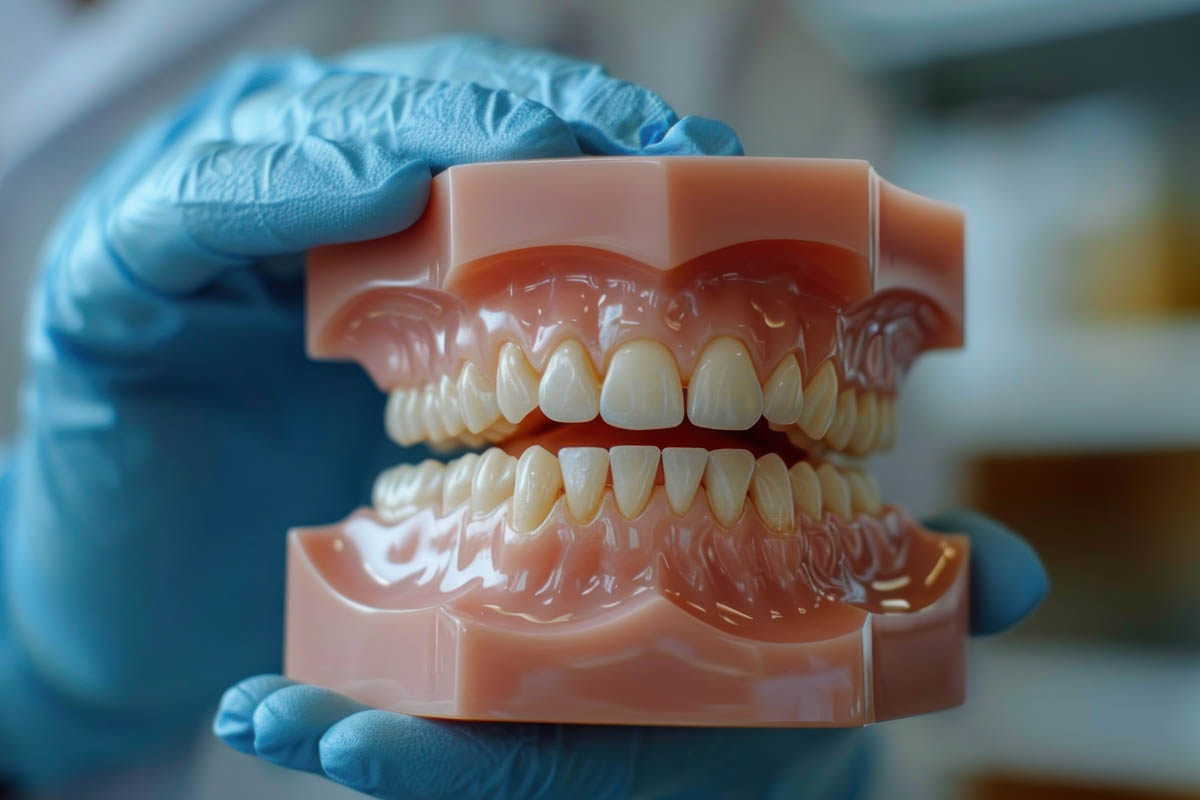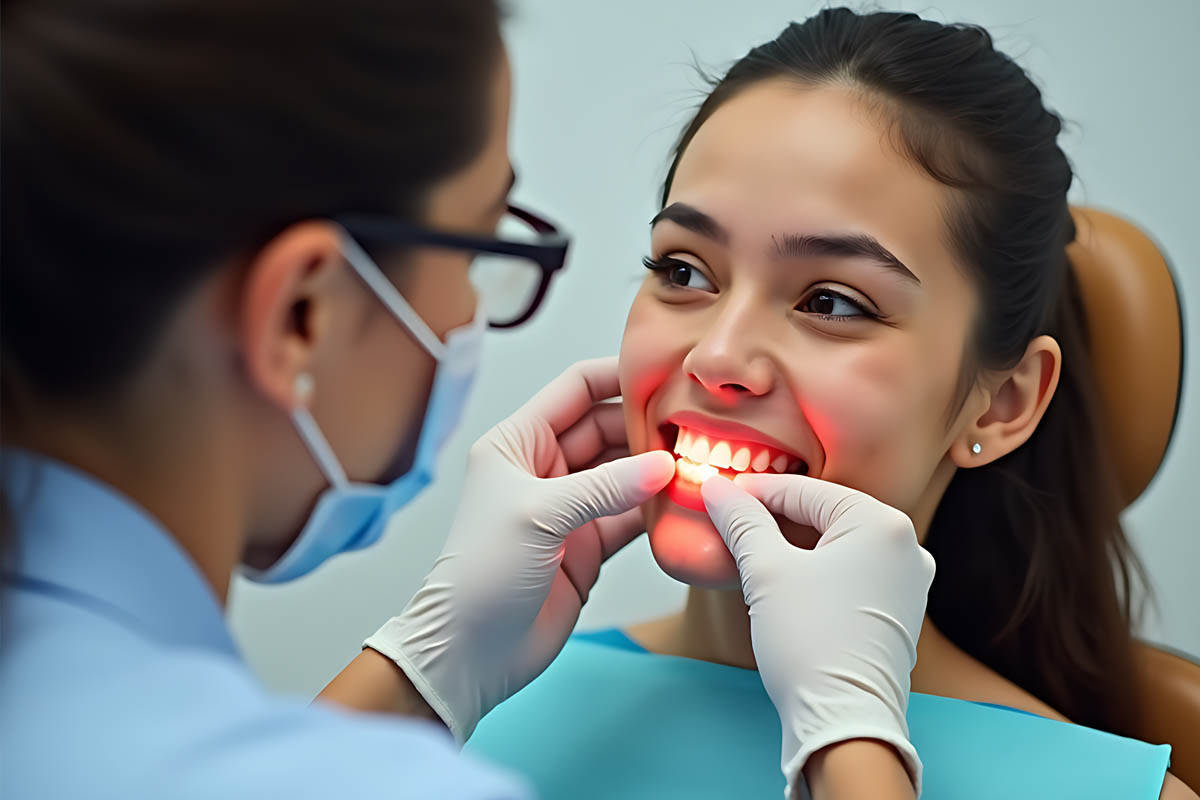Understanding Cavities: Causes, Symptoms, and Prevention
- 4 Dec 2024
Cavities, or dental caries, are among the most common dental problems affecting individuals of all ages. These tiny openings or holes develop in the hard surface of teeth, resulting from acid erosion caused by bacteria in the mouth. This damage, if left untreated, can progress into tooth decay, pain, and even infection, making cavities a serious concern for oral health.
What Causes Cavities?
Several factors contribute to the development of cavities. Poor oral hygiene is a leading cause, as insufficient brushing and flossing allow plaque—a sticky film of bacteria, food particles, and saliva—to accumulate on the teeth. Sugary and starchy foods further fuel this process, providing bacteria with the nutrients they need to produce harmful acids. Dry mouth, caused by inadequate saliva production, also increases the risk of cavities, as saliva neutralizes acids and washes away food debris. Frequent consumption of acidic foods and drinks, such as citrus fruits, sodas, and certain teas, can erode enamel over time, making teeth more susceptible to decay. If plaque is not removed, it hardens into tartar, which can only be eliminated by a dentist and exacerbates the risk of cavities.
Signs and Symptoms of Cavities
Cavities often present subtle symptoms in the early stages but become more noticeable as they progress. Common signs include:
The Stages of Tooth Decay
Tooth decay progresses through several stages:
How to Prevent Cavities
Preventing cavities requires consistent oral care and healthy lifestyle choices. Here are some effective strategies:
A Healthy Smile Starts with Prevention
By adopting good oral hygiene habits and being mindful of your diet, you can protect your teeth from cavities and maintain a radiant smile. Regular dental visits are crucial for catching early signs of decay and addressing any concerns promptly.
If you’re experiencing any symptoms of cavities or suspect tooth decay, don’t hesitate to schedule an appointment. Professional care, such as teeth filling or cavity treatment, ensures your dental health remains in optimal condition. Protect your smile today by prioritizing cavity prevention and early intervention.




